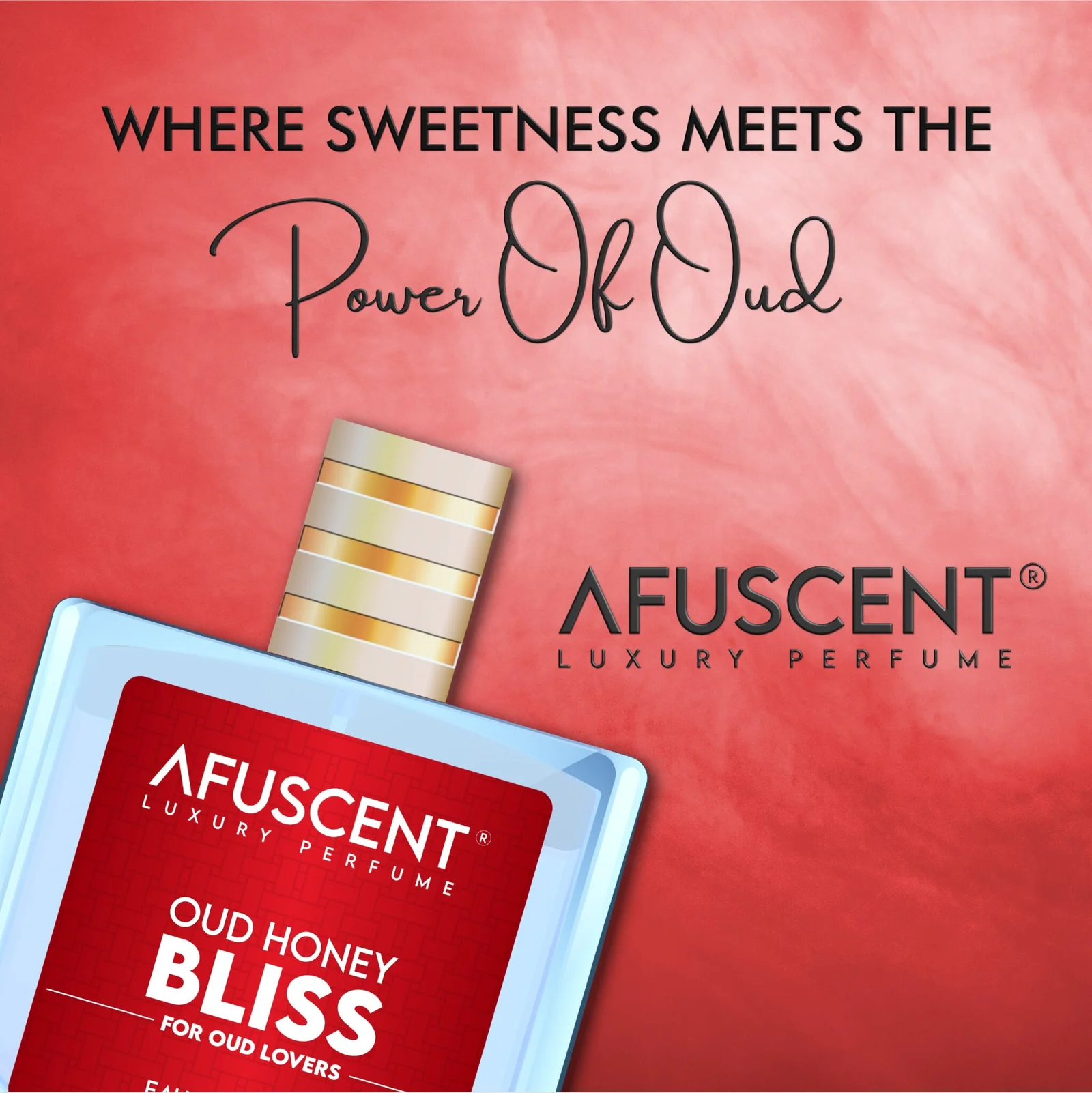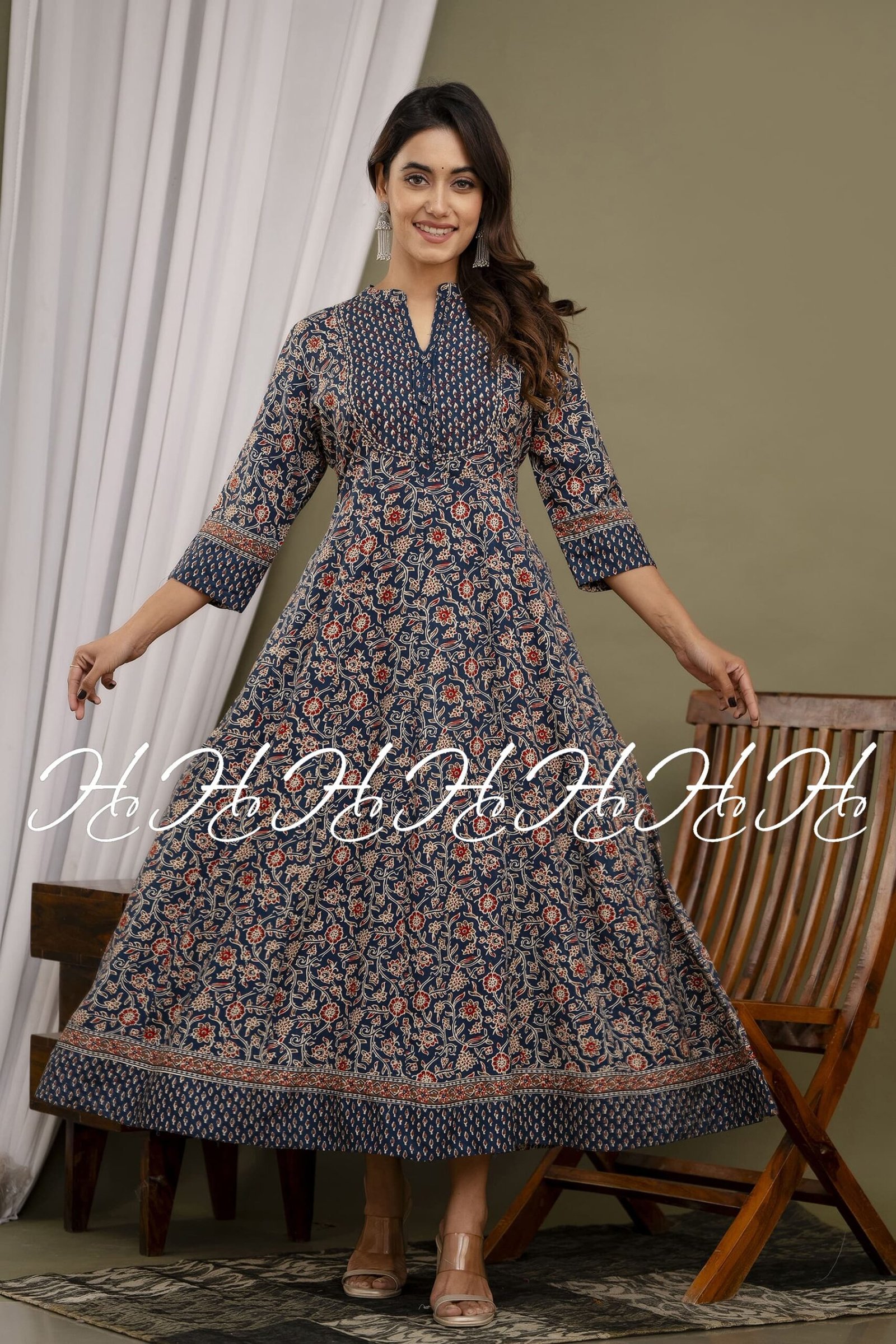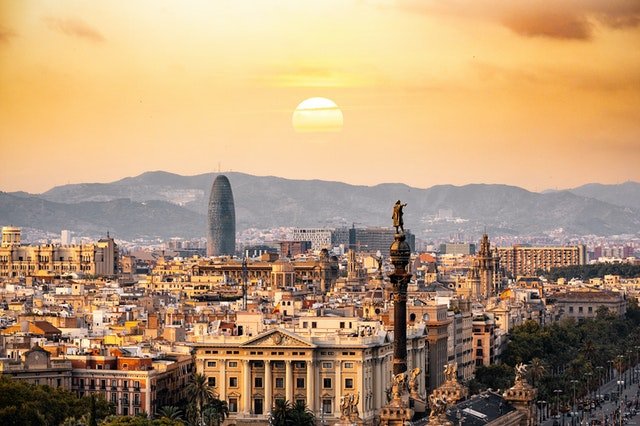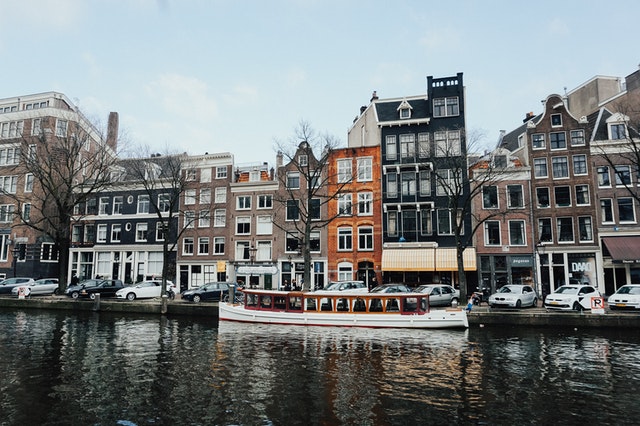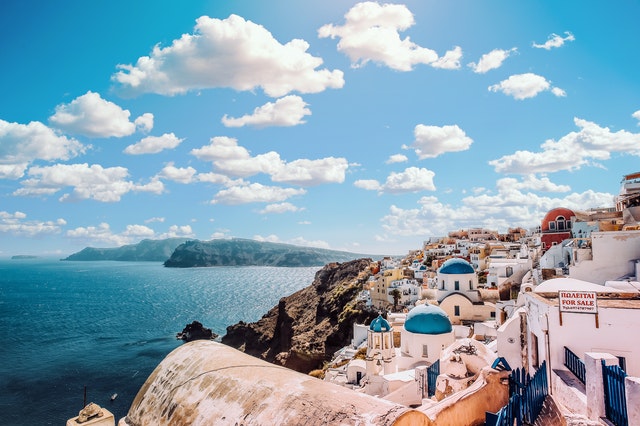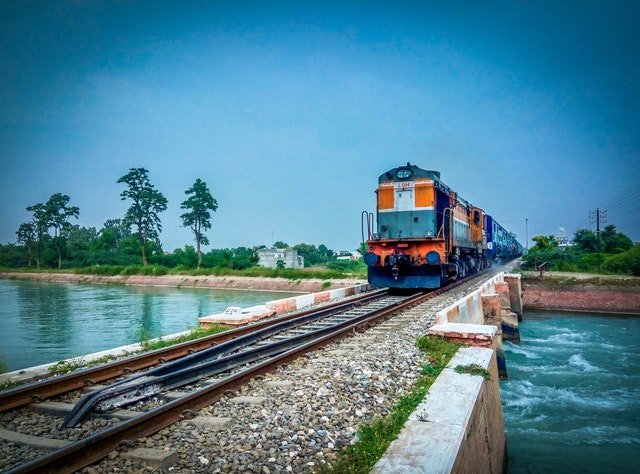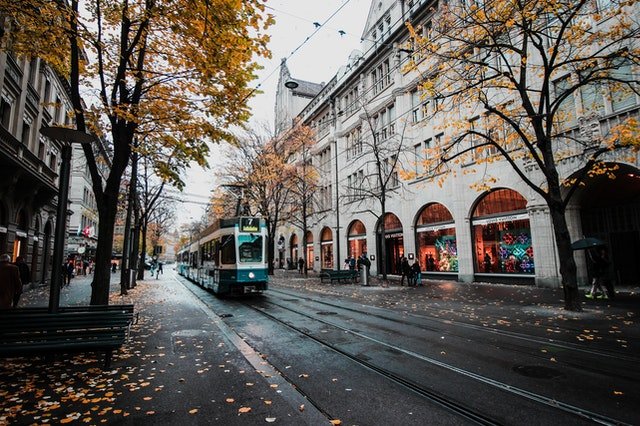Designing a wildlife sanctuary requires a blend of thoughtful planning, ecological awareness, and innovation. One of the most transformative trends reshaping conservation architecture today is the use of greenhouse glass construction in the design of wildlife sanctuaries. This innovative approach not only enhances the experience of visitors but also promotes sustainability, natural light use, and improved habitat conditions for rescued or protected species. Combining these two concepts—designing a wildlife sanctuary and leveraging greenhouse glass construction—creates a modern model of ecological preservation and architectural excellence.
Why Design a Wildlife Sanctuary?
The purpose of a wildlife sanctuary is to provide a safe haven for animals, especially those that are endangered, orphaned, or at risk due to habitat destruction. Unlike zoos, sanctuaries do not confine animals for entertainment but rather aim to recreate natural habitats and prioritize animal welfare. When you design a wildlife sanctuary, you are actively contributing to biodiversity, environmental education, and global conservation efforts.
But the impact doesn’t stop with the animals. Sanctuaries often serve as research hubs, eco-tourism destinations, and educational centers, helping humans better understand the vital role of wildlife in our ecosystems.
Benefits of Greenhouse Glass Construction in Sanctuaries
Traditionally, wildlife sanctuaries were constructed using concrete, metal, and natural materials. However, the integration of greenhouse glass construction is changing that norm dramatically. Here are several key advantages:
1. Abundant Natural Light
Greenhouse glass allows for maximum sunlight penetration, creating a naturally lit environment. This is beneficial not only for plants and landscapes but also for animals, particularly reptiles, birds, and amphibians, which thrive in sunlit habitats. A well-lit enclosure mimics natural surroundings and reduces stress in animals.
2. Climate Control
Greenhouse structures can regulate temperature and humidity levels efficiently. This feature is especially helpful when you design wildlife sanctuary spaces for tropical species in colder climates. Glass construction enables year-round habitation, allowing the sanctuary to expand its species diversity.
3. Energy Efficiency
Modern greenhouse glass is often treated or double-glazed for insulation. As a result, the structures reduce the need for artificial heating and lighting, significantly cutting down operational costs and energy consumption. Sustainability is critical in conservation projects, and this type of construction aligns perfectly with that goal.
4. Visibility and Education
When incorporating glass construction into visitor walkways, observation zones, or indoor enclosures, it provides a clear, non-intrusive view of the animals. This allows visitors to engage closely without disturbing the wildlife. Educational panels can be integrated into glass corridors to promote learning, making your sanctuary a place for immersive environmental education.
How to Design a Wildlife Sanctuary Using Greenhouse Glass Construction
Creating a wildlife sanctuary from scratch is a complex, multi-phase process. Here’s how greenhouse glass construction fits into each stage:
1. Site Selection and Survey
Before starting construction, choose a site that aligns with your mission. Consider biodiversity, climate, terrain, and access. Once selected, conduct a comprehensive environmental impact study. Greenhouse glass structures should be positioned to maximize sunlight exposure, ideally facing south (in the Northern Hemisphere) or north (in the Southern Hemisphere).
2. Architectural Planning
Collaborate with architects and conservation experts to integrate greenhouse glass construction into the sanctuary’s design. Think about:
- Animal enclosures with temperature control.
- Botanical gardens or rewilding zones under glass roofs.
- Greenhouses for native plant propagation and food cultivation.
- Visitor centers or cafes surrounded by lush, visible greenery.
Custom-designed enclosures using glass help maintain a natural aesthetic while achieving functionality. Modern safety glass is strong and shatter-resistant, ensuring safety for both animals and humans.
3. Construction Phase
Use eco-friendly materials wherever possible, and opt for sustainable building practices. Greenhouse panels should be UV-protected and designed for durability. Recycled materials and rainwater harvesting systems can also be integrated into the sanctuary’s infrastructure.
Partner with contractors experienced in greenhouse glass construction to ensure structural integrity and optimal energy efficiency.
4. Landscaping and Habitat Design
Focus on native vegetation and topography replication. Greenhouse glass areas can host microhabitats, such as tropical zones for exotic birds or humid areas for amphibians. Install misting systems and artificial lighting when needed, but keep reliance on artificial systems minimal.
Real-Life Inspirations
Several modern wildlife parks and conservatories around the world have begun embracing this concept. The Eden Project in the UK is a perfect example of massive greenhouse domes recreating rainforest and Mediterranean climates. Similarly, sanctuaries in Scandinavia have adopted heated glass enclosures for arctic species in controlled environments.
By looking at such pioneers, you can draw ideas for your own design of a wildlife sanctuary with integrated greenhouse glass features.
Making a Difference with Modern Architecture
Combining conservation with modern design techniques like greenhouse glass construction is more than a trend—it’s a necessity in today’s changing climate. With deforestation, habitat loss, and species extinction accelerating globally, your sanctuary can become a model of what responsible, sustainable conservation should look like.
By choosing to design a wildlife sanctuary that utilizes greenhouse glass, you demonstrate your commitment to innovation, education, and preservation. You provide a naturalistic haven for animals and a powerful learning space for humans.
Whether you're a conservationist, investor, architect, or nature lover, this is your chance to build something that lasts—not just for decades, but for generations to come.
Conclusion
The union of wildlife conservation and sustainable design is not only possible—it’s powerful. When you decide to design a wildlife sanctuary using greenhouse glass construction, you embrace a forward-thinking vision for protecting nature. It’s a commitment to both the environment and future generations, and a shining example of what thoughtful, eco-conscious design can truly achieve.



